How To: Two-Part Dosing
Ask any experienced reefer what the most important factors are in long-term success in keeping coral, and you’re sure to hear them say, “Keeping your Calcium, Alkalinity, and Magnesium stable” within the first breath. You could have the perfect flow, the most premium of lighting options, and the best salt that money can buy, but if you’re doing nothing to address the consumption of these 3 key elements, your career in reef keeping is bound to be short.
Why are Calcium, Alkalinity, and Magnesium important?
Before diving in to the hows of two-part dosing, it’s important to have a baseline understanding of WHY these elements are so important. Coral skeletons are composed almost entirely out of a substance called calcium carbonate. To build their calcium carbonate skeletons, corals absorb ambient calcium and carbonate ions from the water, combine them, and deposit them continuously as they grow up and out. Magnesium is slightly more complicated. Though it is also incorporated into coral skeleton, its main role is in preventing the precipitation of calcium and alkalinity ions in the water before they can be used by the corals. By interrupting the reaction between calcium and carbonate ions in the water, magnesium prevents them from forming calcium carbonate and simply dropping out of the water in a form that corals can’t utilize.
In nature, the well of available calcium and carbonate ions is effectively endless, so corals in the wild have adapted to extremely stable conditions which may change on the scale of thousands of years. In mature reef aquariums, without the unfathomably huge water volume to pull from, calcium and alkalinity can be measurably decreased within HOURS, and depleted in a matter of days, though mass coral die-offs will cease consumption before that point. For these reasons, it’s critically important to test and maintain these levels religiously.
Other Methods
As with most things in life, there’s more than one way to skin a cat. In the beginning of your reefing career, when you’ve only got a few small coral frags, your consumption is going to be low. At this stage, it’s quite possible to maintain your levels within an acceptable range through waterchanges alone. Though levels will constantly be falling slightly, corals are adaptable, and can tolerate gradual changes. However, this method will quickly become unsustainable as the corals begin to grow exponentially. At this point, many reefers turn to kalkwasser, which is a calcium hydroxide solution often dosed through the auto topoff, and doses a balance of calcium and alkalinity. Unfortunately, this doesn’t address magnesium, and it can be inconsistent due to changes in evaporation rates. It’s also insufficient on its own for tanks with dense coral growth, as you’ll eventually reach a point where you can’t dose enough fully saturated solution since you’re limited by evaporation rate. Once your tank is full of large and thriving corals, you’ve usually outgrown kalkwasser, and are forced to choose between either two-part dosing or a calcium reactor. A calcium reactor is a device that uses acidic water to dissolve calcium carbonate rock, often dead coral skeleton, and drips the effluent into the aquarium to supply the constituent calcium, alkalinity, and magnesium. While highly effective, these systems are somewhat complicated and expensive, and have a slight negative effect on pH, leading many to choose two-part dosing.
Getting Started
The first step in getting started with two-part dosing is choosing a quality product. One we’ve had great success with is the ATI Essentials system, which supplies all major and trace elements in balanced amounts with easy to follow instructions. There are dozens of products and systems available that offer various benefits and price points, but they all operate under the same principles.
Now that you’ve chosen your preferred brand, you simply need to test your water with a quality test kit like the Salifert kits or Hanna Colorimeters to determine your starting levels. Now you need to determine your goal levels. One common recommendation is to start at natural seawater levels of calcium, alkalinity, and magnesium, which are 420ppm, 7dKh, and 1285ppm respectively. Though, it may be more ideal for long-term consistency to aim to match whatever your preferred salt brand mixes to in order to prevent parameter swings.
Now that you’ve determined the difference between your current parameters and your goal parameters, follow the directions on your chosen dosing solution to meet those levels, ensuring you don’t raise alk by more than 1dKh and calcium by more than 50ppm in one day. Shortly after dosing (10-15 minutes should be sufficient) test again to confirm you’ve reached the desired levels.
At this point, the daily consumption needs to be determined. Simply test all the parameters after 24 hours, measure the drop in levels, and determine the amount of solution needed to return the levels to their previous values, and that is your baseline daily dosage. From there, it’s best to monitor daily for the next week and adjust as needed.
Two Part Dosing: Long Term
As you can see, beginning two-part dosing is quite simple, and only gets easier once you’ve got a solid dosing and testing regimen in place. Daily consumption is generally quite consistent, and doesn’t require daily testing. I guideline I try to follow, (not always consistently) is to test alk 3 times a week, and calcium and magnesium one per week. Alkalinity occurs is much lower concentration than calcium or magnesium, so swings in this value happen much faster, and to much more disastrous effect, so it’s definitely THE parameter to keep a close eye on.
For the actual dosing process itself, it’s best to start with manual dosing. This is a simpler process, and will help you gain a better ‘feel’ for what is going on in the tank. This approach can be kept up indefinitely, though many reefers choose to purchase a dosing pump, which automates the process, and has the added benefit of splitting your daily dosages into smaller bites, reducing undesirable parameter spikes. Keep in mind though, equipment can fail, and dosing pumps sometimes fail in the on position, which can quickly crash a tank.
One final long-term byproduct of two-part dosing to consider is salinity creep. Unfortunately, we can’t just dose straight calcium and alkalinity. Calcium is dosed in the form of Calcium Chloride, while Alkalinity is dosed as Sodium Bicarbonate. These disassociate in the water, with the calcium and alk being absorbed by the corals, leaving behind Sodium and Chloride ions. Those who passed their high school chemistry classes know that’s the recipe for common table salt. Over time, this excess salt builds up, and needs to be removed through water changes with slightly lower than normal salinity to reset to the proper levels.


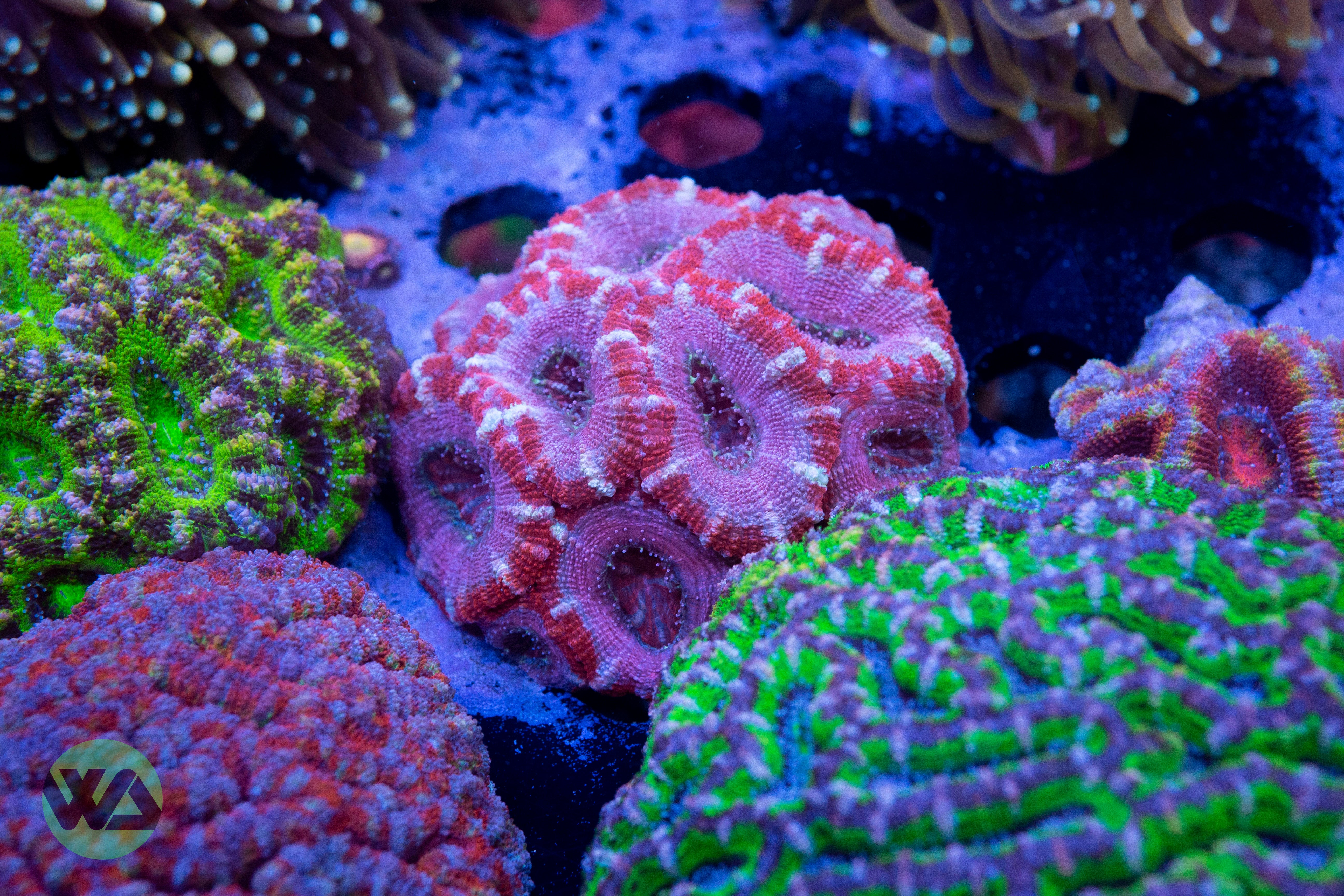
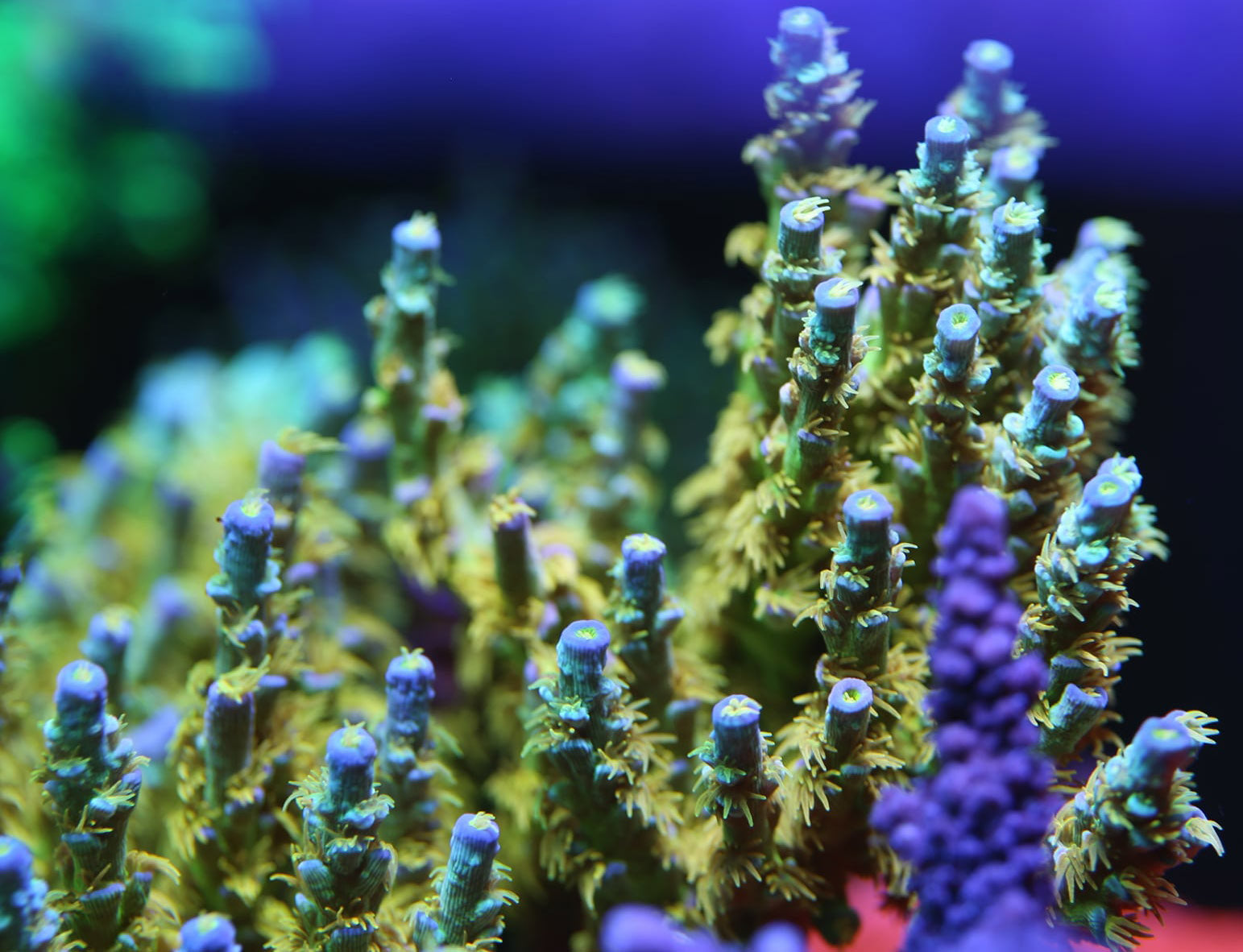
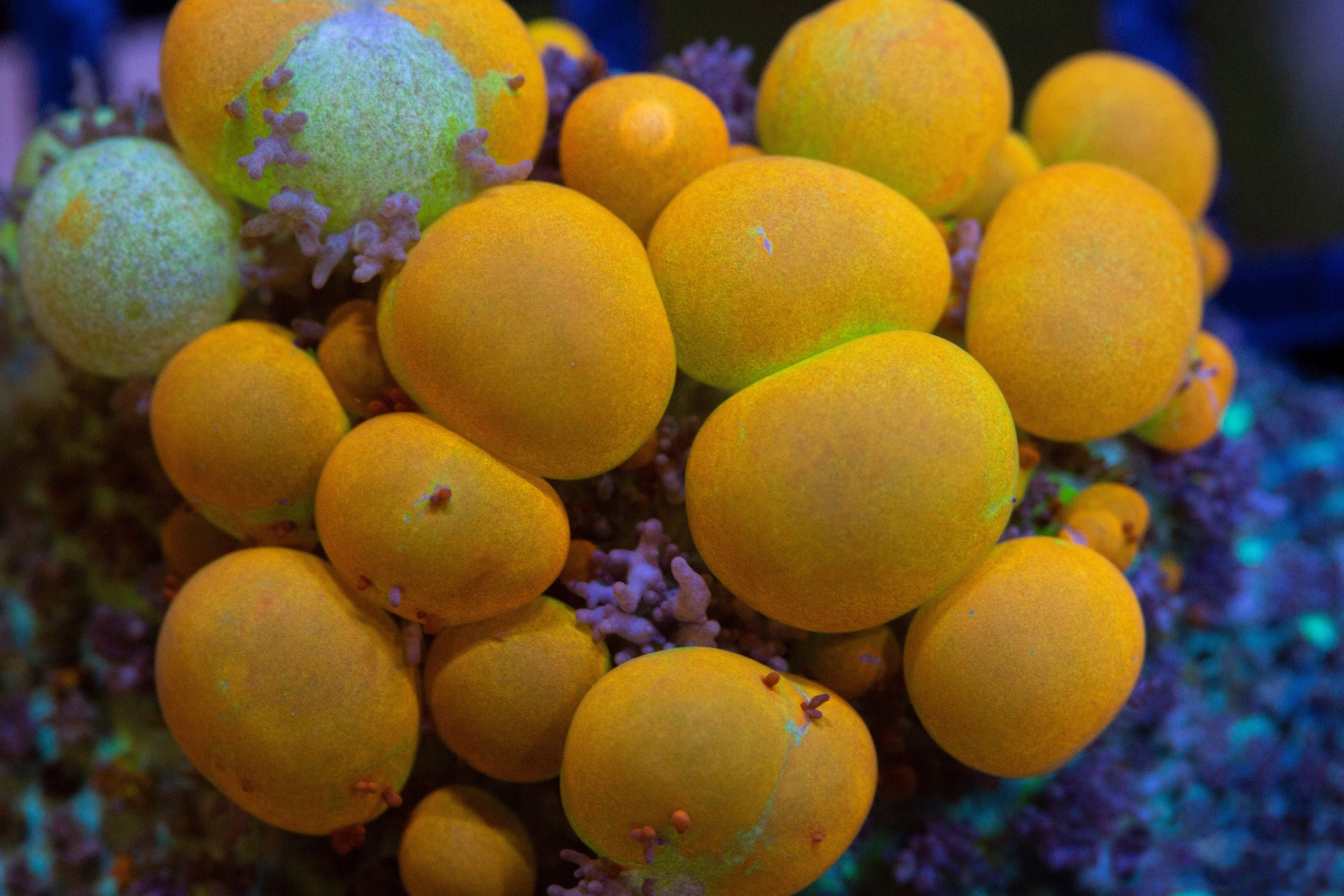
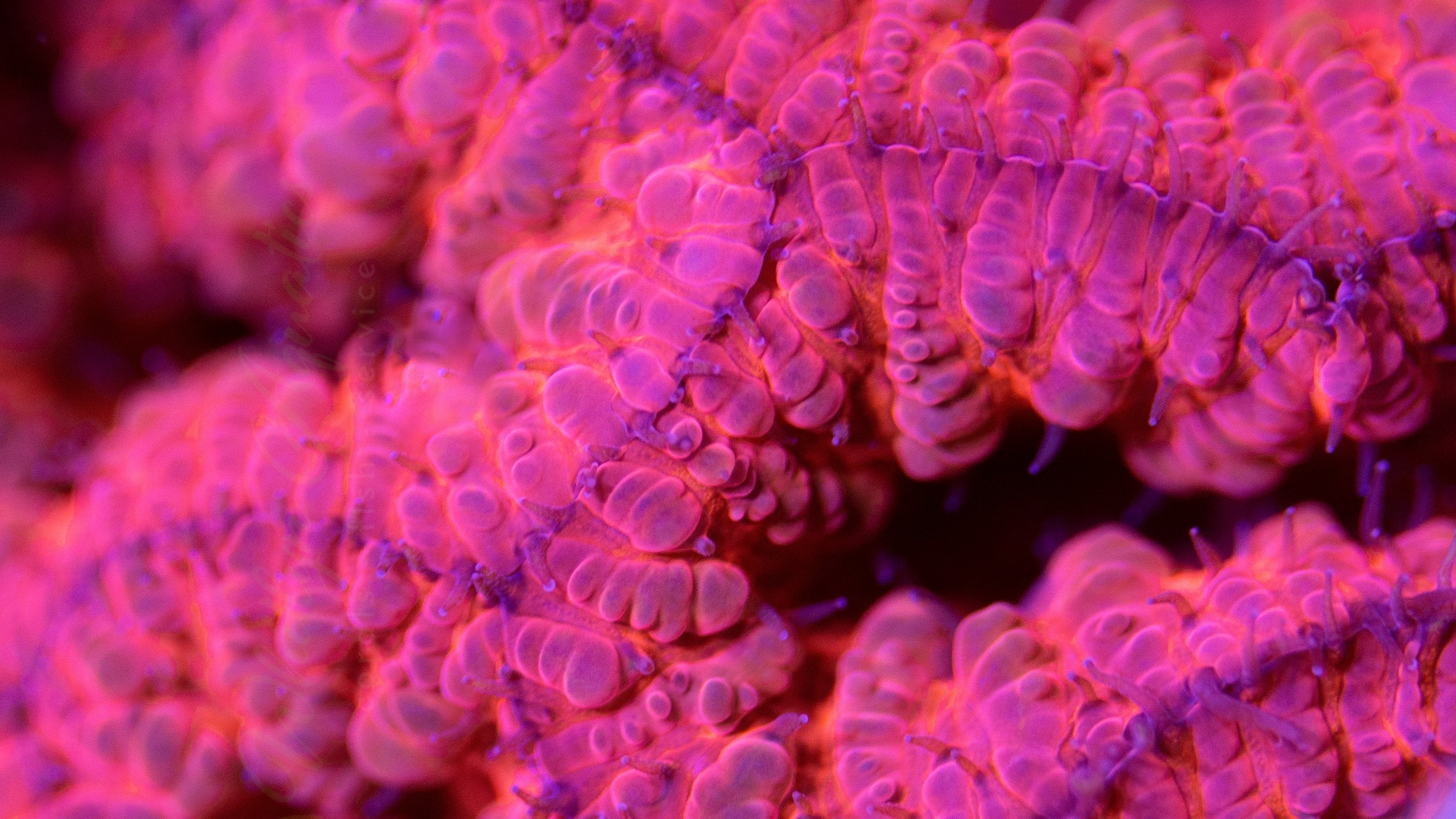
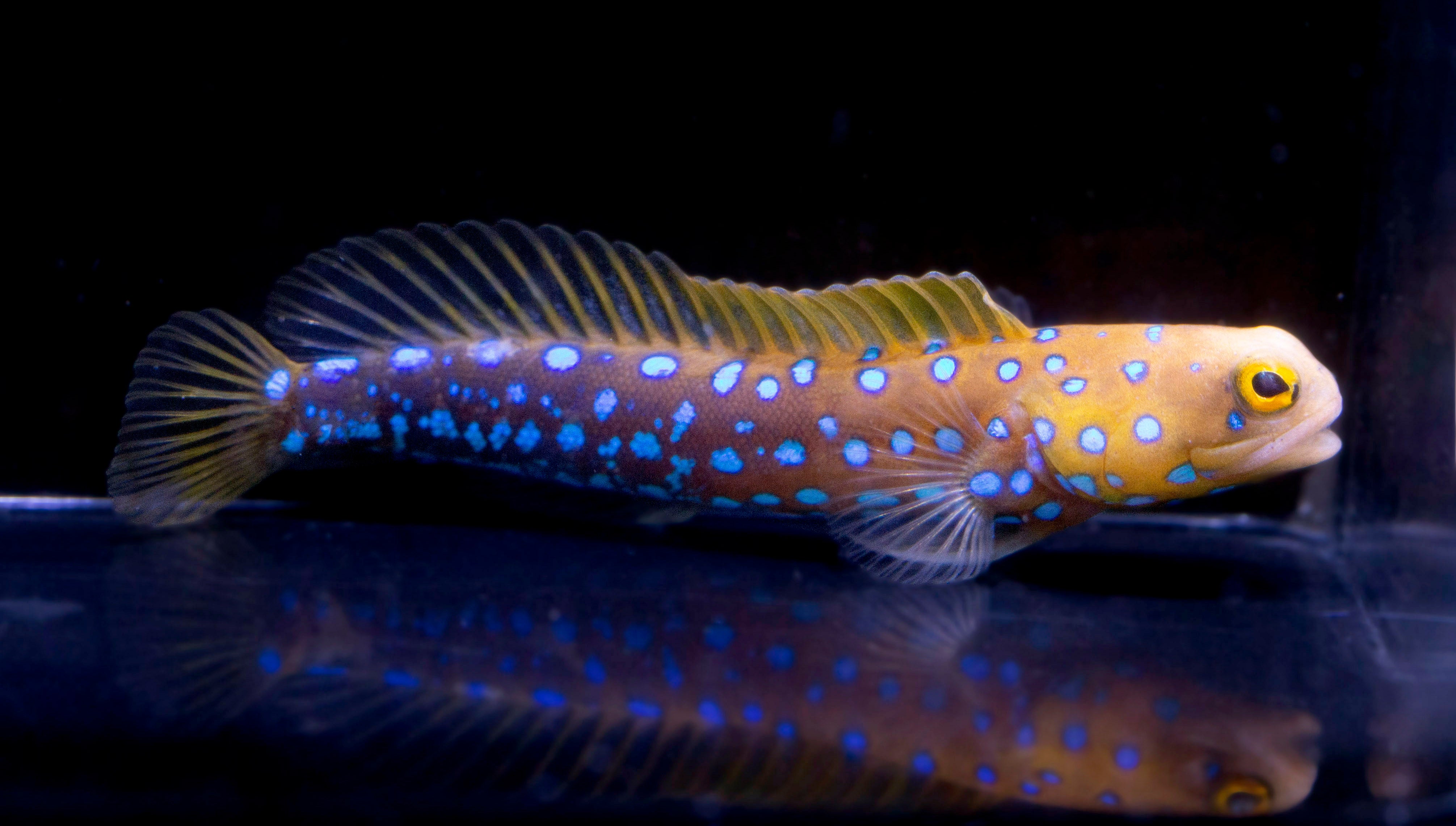
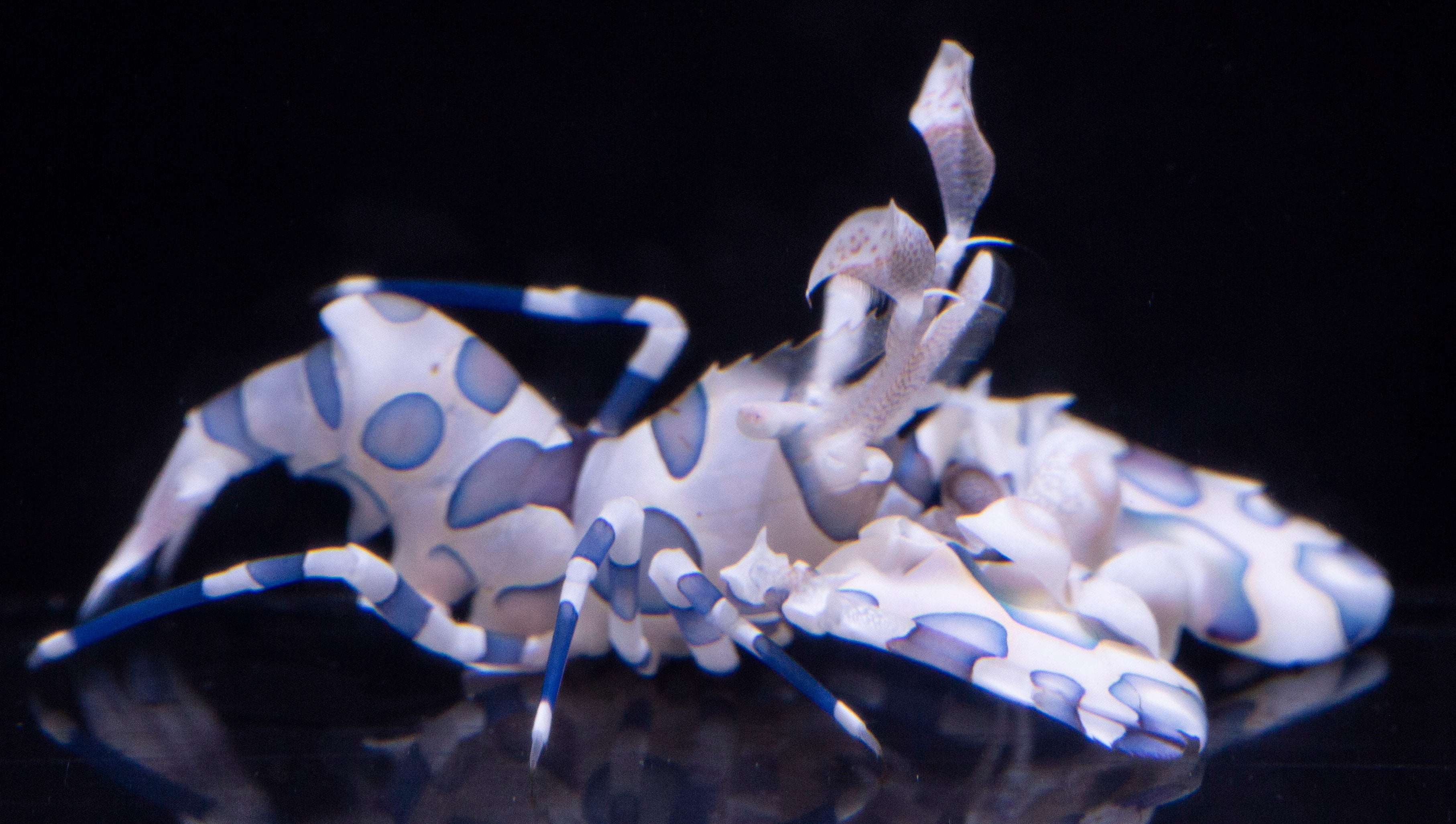
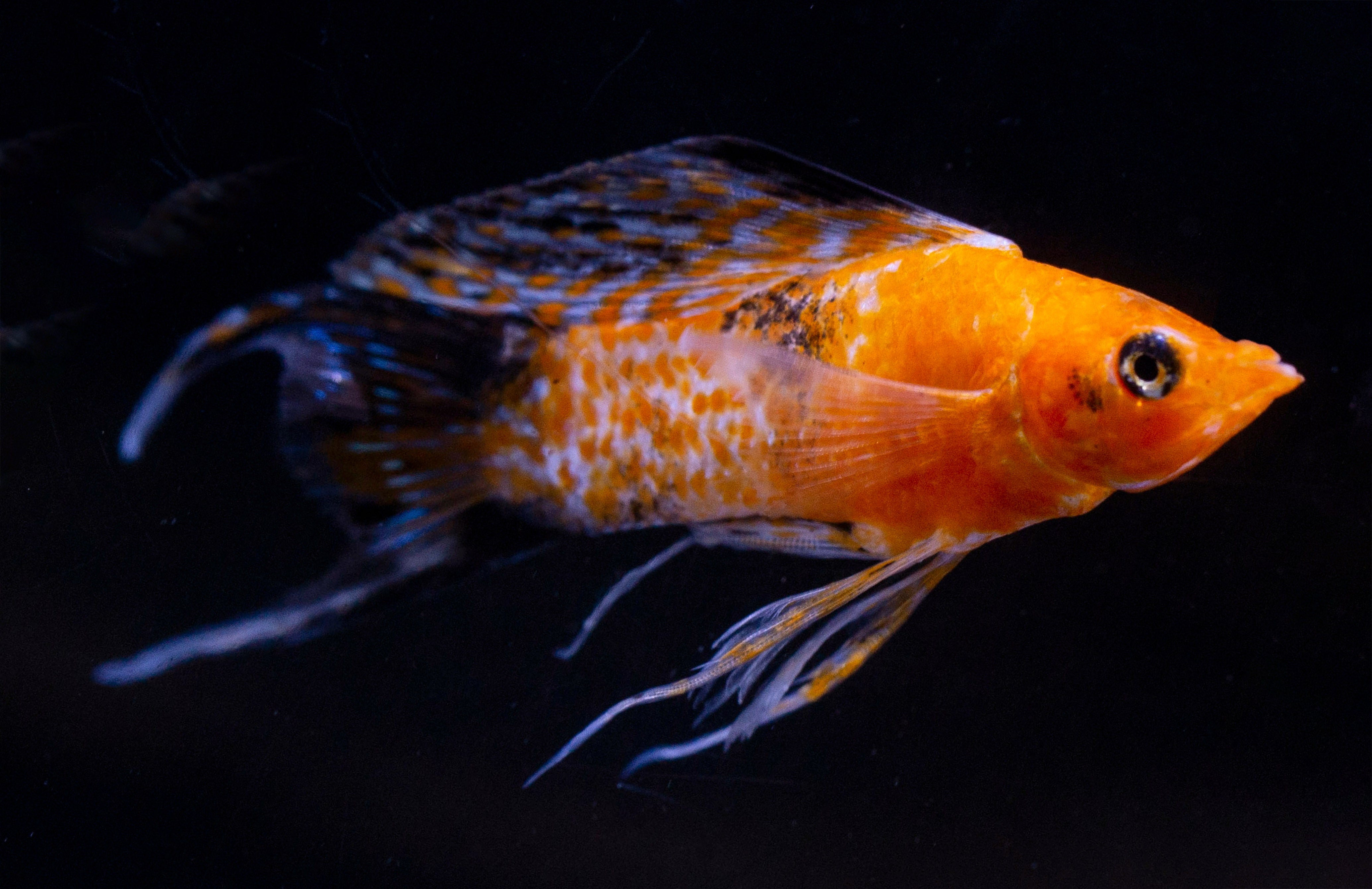
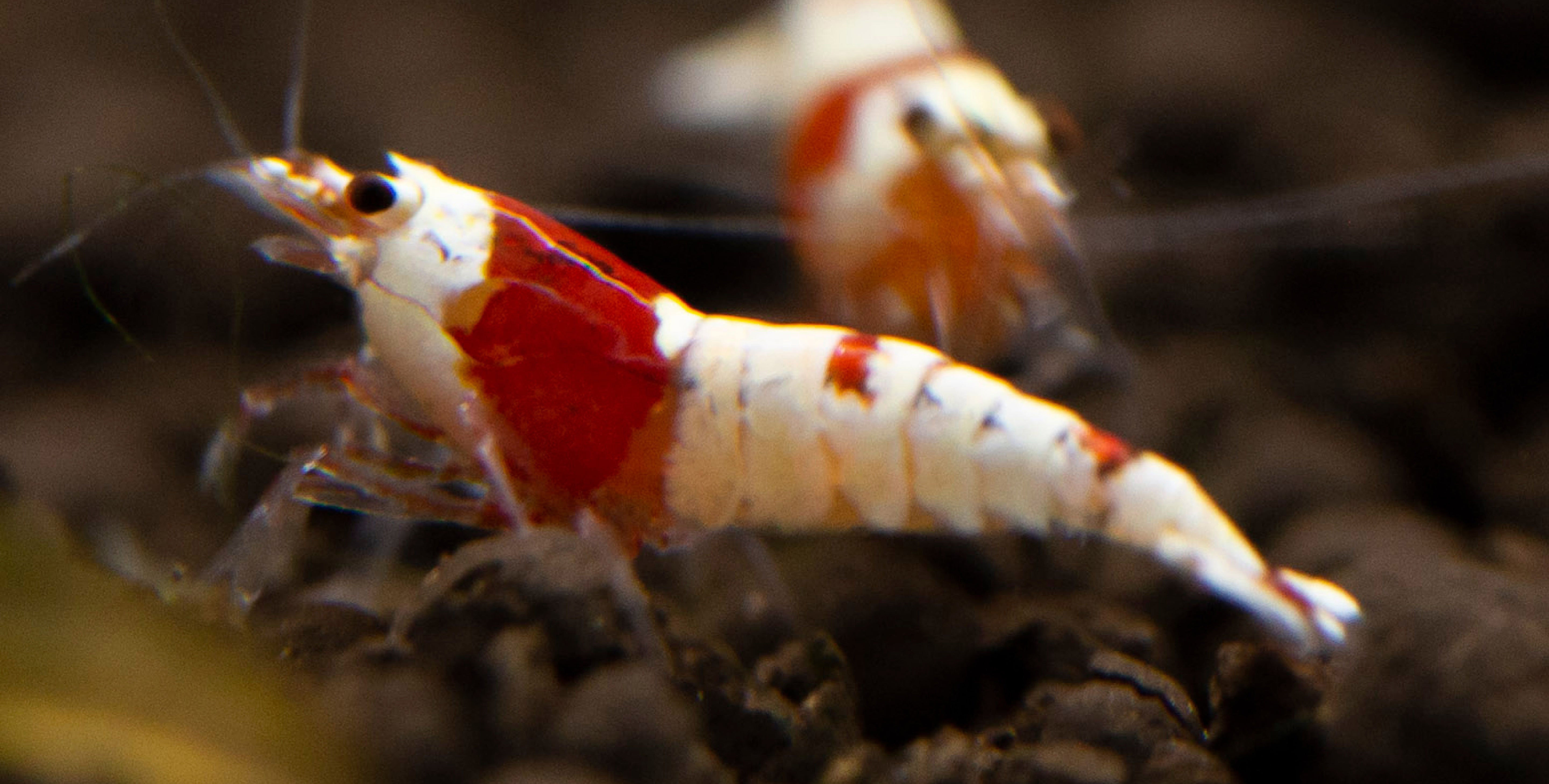
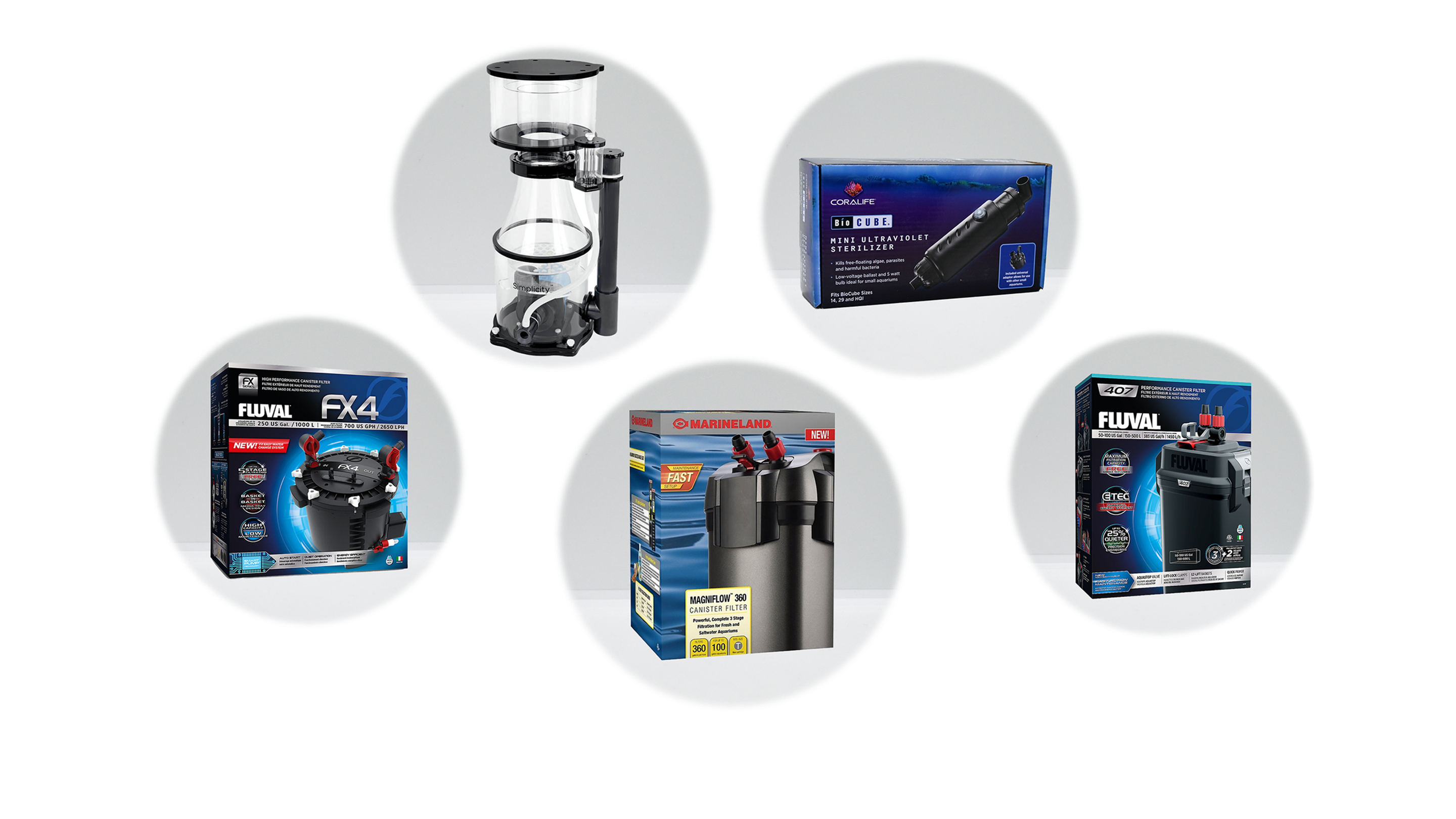
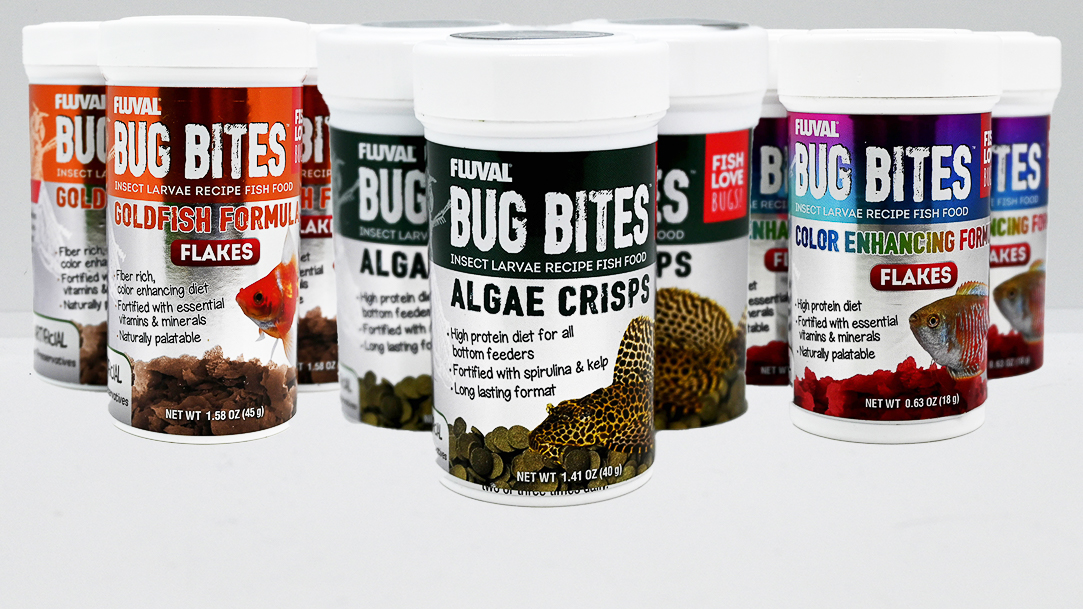
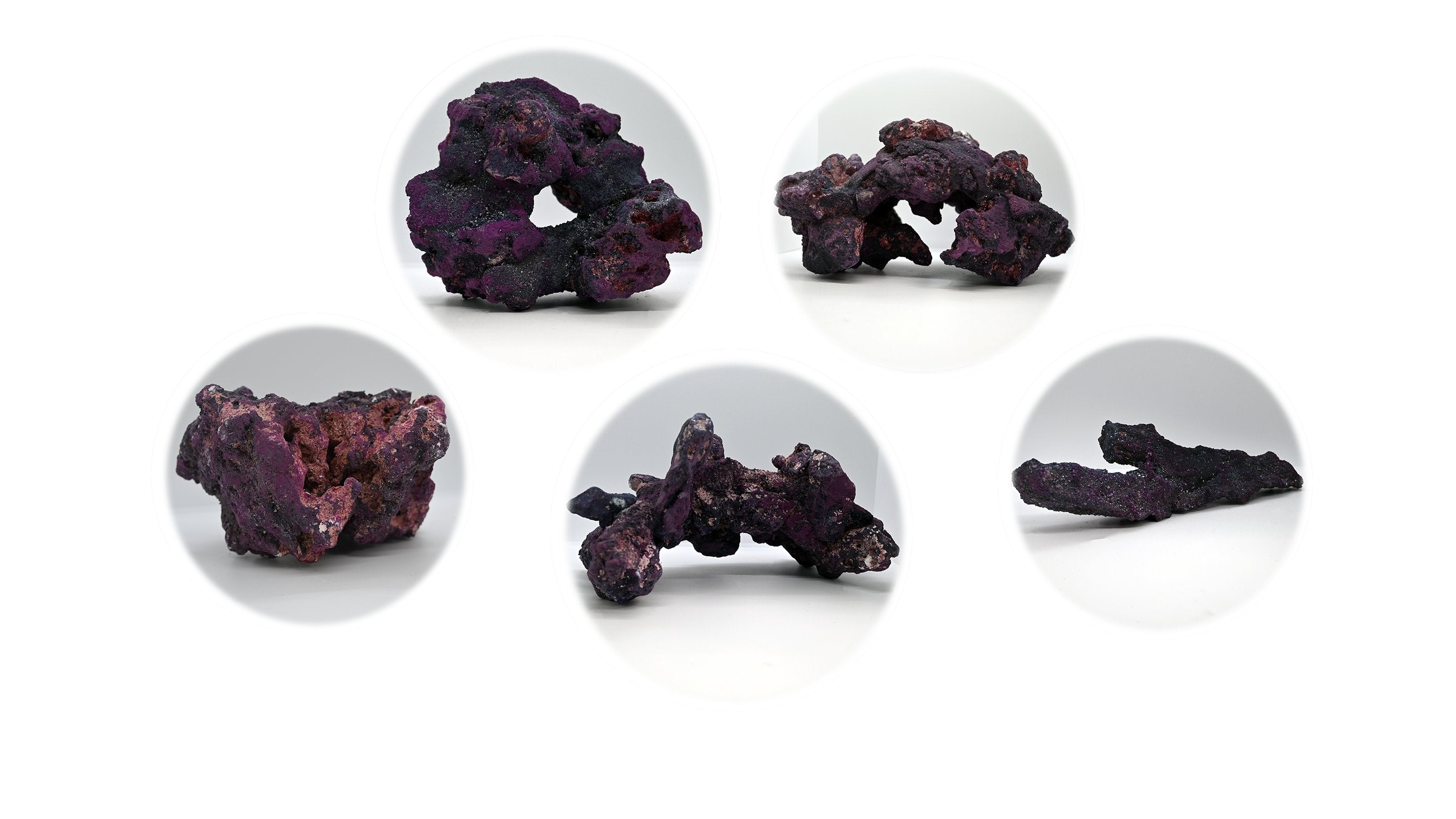
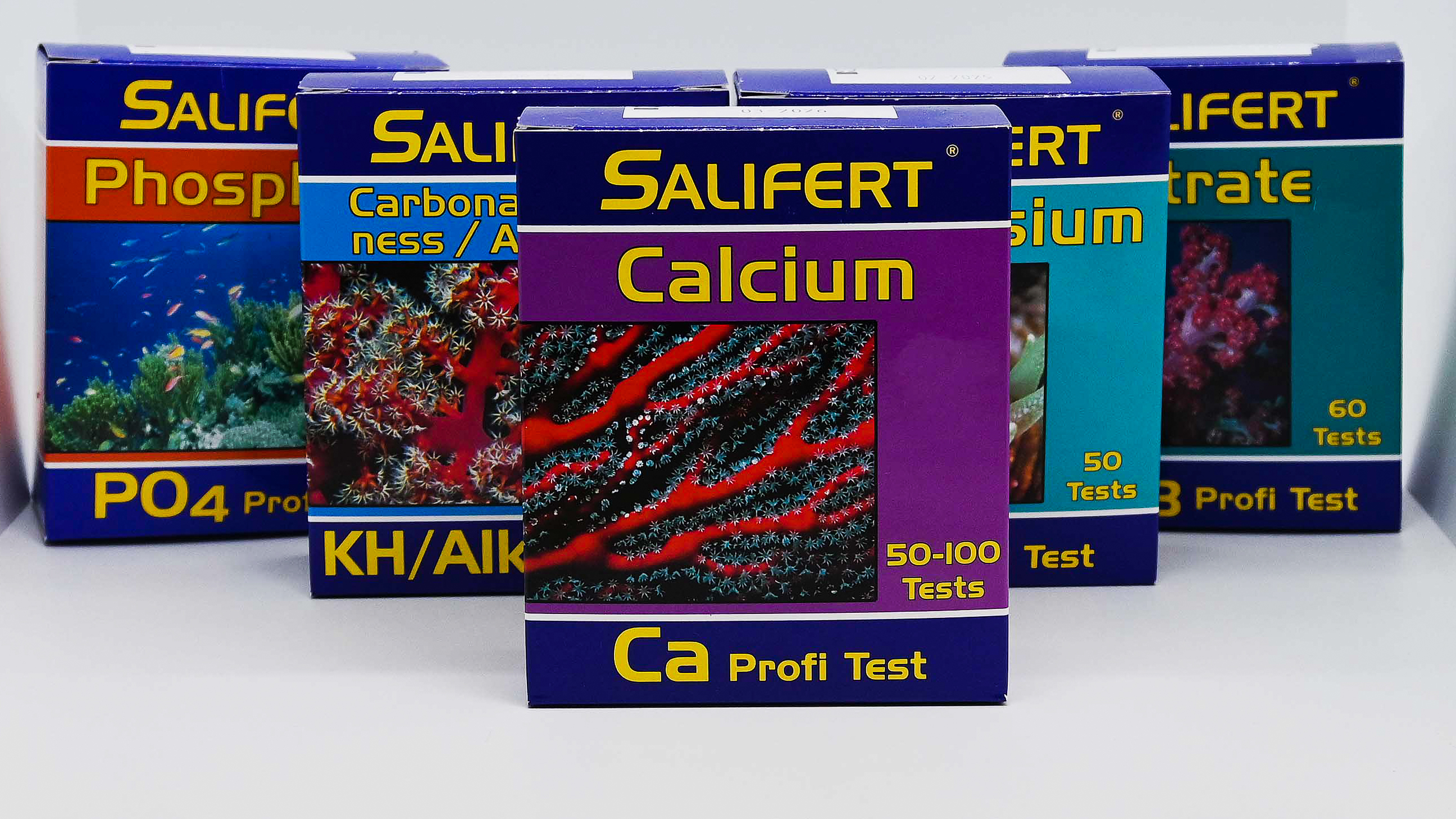

Leave a comment